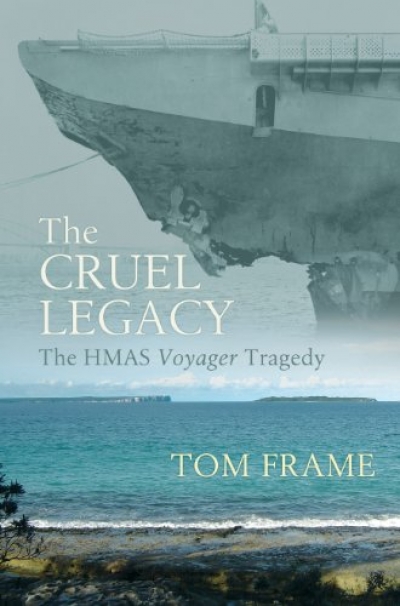Note especially the last word in the subtitle – ‘travel’. This book is not, or not chiefly, about strategy and battles. It is about getting to the war, or passing through an operational area and (with luck) getting home again; it is about visiting war cemeteries, battlefields and memorials, or revisiting them, sometimes decades later.
You may think this a wispy and slender thread upon which to string 350 pages of book. I thought so myself when I picked it up, and the misgiving recurred several times during the perusal. (Since a peacetime visit to Auschwitz is neither military nor Australian, Lily Brett’s piece seemed to have strayed in by mistake.) But the thread held – just – and I am grateful to the editors for teaching me much that I didn’t know, or had not understood.
...
(read more)




